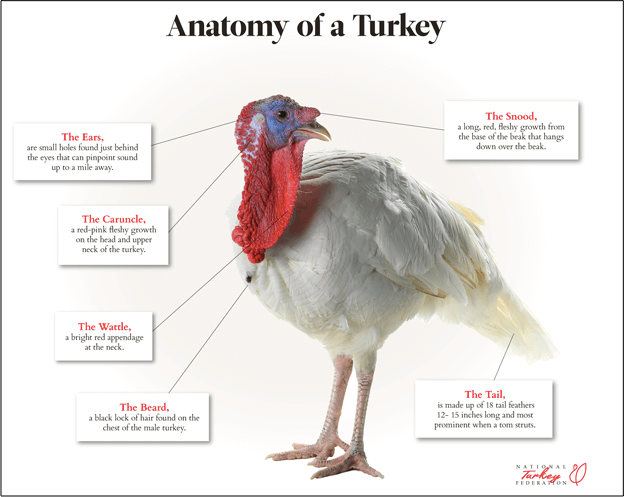Our livestock counts are gargantuan. In the U.S. there are 30.1 million beef cows (2022), 228,5 million raised turkeys (2019), 365 million egg laying poultry (2022).
However, even with livestock outnumbering the people in some places, still they add relatively little to our GDP.
Livestock and People
Goats
As you can see from the map, when you think goats, think Texas. As the goat center of the U.S., in Texas two counties have the largest concentration of goats in the country. In Sutton County, Texas goats outnumber people by a whopping 14 to 1.
While my goat research indicated that goats in the U.S. primarily produce meat, milk and mohair, for me, goats are about cheese:

Turkeys
Minnesota has been called the U.S. turkey capital and even the world’s turkey capital. Meanwhile, in case you missed it, as did I, June was National Turkey Lovers Month:
Chickens
As you can see, the U.S. chicken population is more widespread:
Cows
And our concentration of cows is almost everywhere:
Our Bottom Line: Livestock and the GDP
At this point we can ask if we have (relatively) so many chickens and cows and even goats, what proportion of economic production do they represent?
Not very much.
The farm sector of the following graph represents $137.4 billion–just .6 percent of the 2020 GDP:

My sources and more: Thanks to Marginal Revolution for alerting me to the livestock to people numbers. From there, I became curious about livestock and the GDP. In addition, the USDA (through NASS statistics) had the livestock totals here and here.









